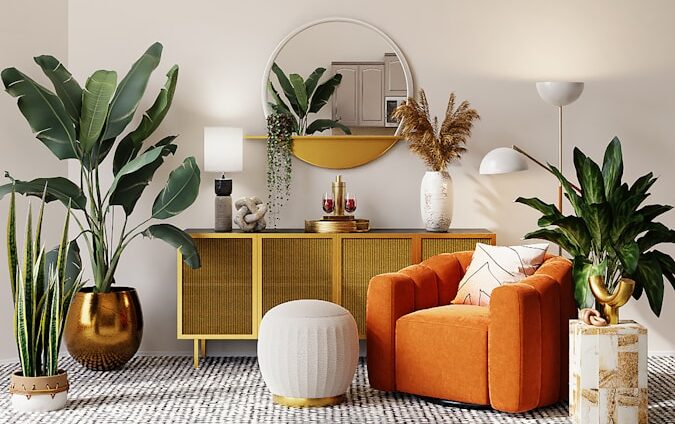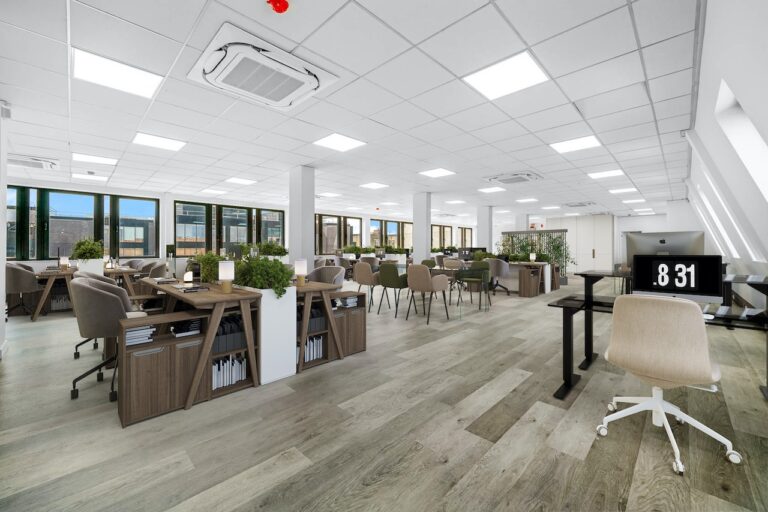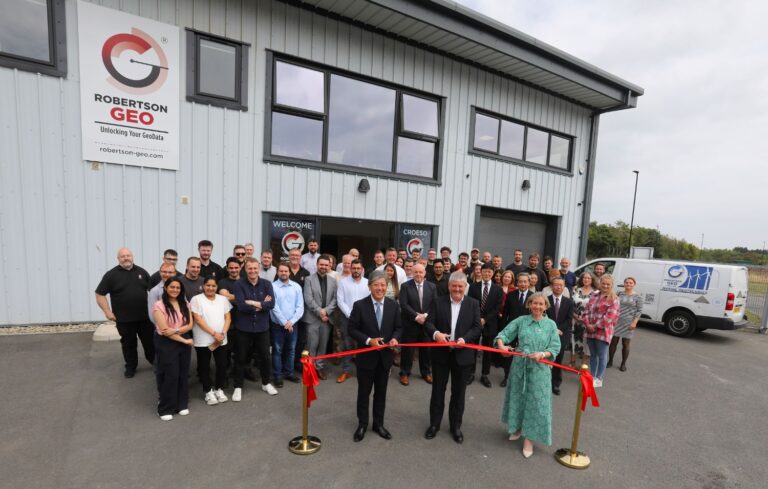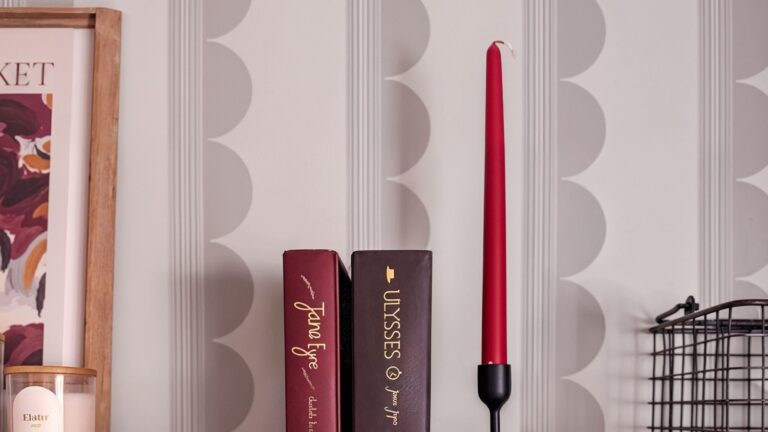Sustainable Interior Design: Eco-Friendly Choices for a Greener Home

Sustainable interior design is no longer a niche practice reserved for the eco-conscious few, it’s quickly becoming a core principle for designers who aim to create spaces that are as responsible as they are beautiful. At its essence, sustainable design seeks to reduce environmental impact while promoting wellness and longevity. This means selecting materials, methods, and design philosophies that conserve resources, improve indoor air quality, and stand the test of time.
Choosing Eco-Friendly Materials with Purpose
One of the foundational choices in any eco-friendly interior is the selection of materials. Instead of sourcing virgin timber or petroleum-based products, many designers now opt for reclaimed wood, recycled metals, and rapidly renewable resources like bamboo or cork. These choices are not only more sustainable but often add unique texture and narrative to the space. As noted in the ODCD Interiors blog, the charm of reused materials often tells a story while reducing demand for new manufacturing.
Clean Air Begins with Clean Finishes
Finishes play a pivotal role in sustainable interiors, particularly when it comes to indoor air quality. Traditional paints, adhesives, and sealants frequently contain volatile organic compounds (VOCs), which can off-gas harmful chemicals for months or even years. Choosing low-VOC or VOC-free products is essential to creating healthier living environments. According to All Art Schools’ guide on green design, this shift can significantly improve occupant wellbeing and is a key benchmark in achieving sustainable interiors.
Energy Efficiency: From Light Bulbs to Layouts
Energy efficiency is another major consideration. From the use of LED lighting to selecting Energy Star-rated appliances, reducing energy consumption is a tangible way to lower a home’s carbon footprint. But sustainable design also involves leveraging what already exists, such as natural light and airflow. Thoughtful window placement, cross-ventilation, and reflective materials can lessen the need for artificial lighting and mechanical heating or cooling, resulting in both environmental and cost benefits.
Biophilic Design: Bringing the Outdoors In
Perhaps one of the most innovative aspects of sustainable design today is the integration of biophilic elements—design features that mimic or incorporate nature. A home outfitted with living green walls, abundant plant life, natural textures, and views of the outdoors can foster a profound connection to nature. As discussed in Decorilla’s eco-friendly design tips, biophilic design doesn’t just look good; it has been shown to reduce stress, boost mood, and enhance productivity.
Water Conservation Starts Indoors
Water conservation also plays an important role. Designers are now specifying dual-flush toilets, low-flow faucets, and efficient irrigation systems as standard practice in sustainable home upgrades. Combined with ethical sourcing – favouring local artisans who follow fair labour and environmental practices—these decisions form a holistic approach to sustainability.
The Case for Timeless, Durable Design
Finally, there’s the consideration of longevity. A sustainable interior isn’t one that trends and fades; it’s built to last. Selecting timeless designs, durable furnishings, and multifunctional layouts minimises the need for frequent renovations and waste generation. In a feature by By Design and Viz, it’s noted that designing for durability is often the most overlooked but critical strategy for reducing a home’s lifetime environmental impact.
A Philosophy, Not a Trend
Sustainable interior design isn’t just a series of aesthetic choices—it’s a philosophy that considers the full lifecycle of a space and its components. As this design ethos continues to evolve, interior designers are uniquely positioned to lead the movement toward more conscious living environments. By educating clients, selecting better materials, and emphasising quality over quantity, we not only design spaces that look good, but we also help ensure a better future.
References
-
All Art Schools. “Sustainable Interior Design and 6 Tips for Green Design.” allartschools.com
-
By Design and Viz. “Sustainable Interior Design: 31 Fresh Ideas for a Greener, Stylish Home.” bydesignandviz.com
-
ODCD Interiors. “Sustainable Interior Design: Eco-Friendly Choices for a Beautiful and Green Home.” odcdinteriors.com
-
Decorilla. “Eco-Friendly Design: 10 Smart Ways to Make Your Home Greener.” decorilla.com
-
Wikipedia. “Biophilic Design.” en.wikipedia.org
-
Wikipedia. “Sustainable Flooring.” en.wikipedia.org











